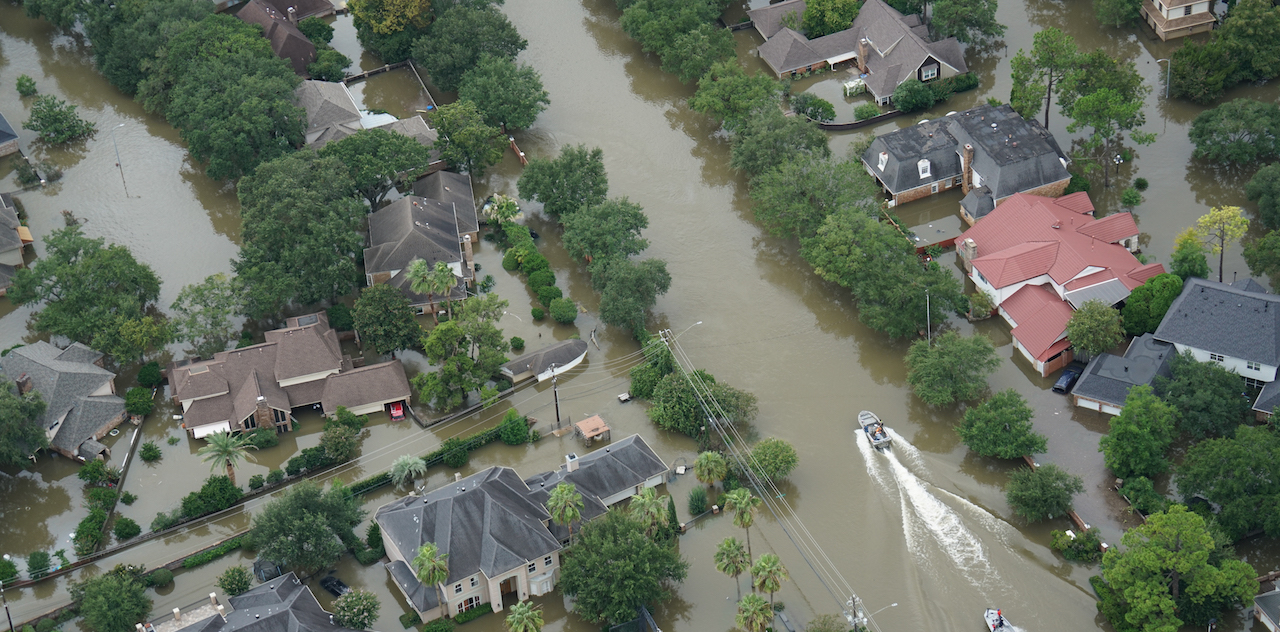
In August, Hurricane Harvey caused unimaginable devastation to homes and infrastructure in Texas, and communities are now working tirelessly to rebuild neighborhoods. Restoring power after a major natural disaster is a significant step toward recovery. Many areas would take weeks or even months to fully restore the power infrastructure.
Researchers in the Department of Electrical and Computer Engineering at Texas A&M University are on a mission to help develop a bank of knowledge about electricity needs in the areas affected by Hurricane Harvey and create technology to quickly reconfigure power electronics intelligence at the network edge (PINE).
Dr. Le Xie, associate professor in the electrical and computer engineering department, along with Dr. Prasad Enjeti, TI Professor III in Analog Engineering and associate dean for academic affairs, and Dr. P. R. Kumar, College of Engineering Chair in Computer Engineering and Distinguished Professor, received a Rapid Response Research (RAPID) grant from the National Science Foundation for their project titled, “RAPID: Powering Through the Hurricane: Self-organizing Power Electronics Intelligence at the Network Edge.”
They aim to collect initial data and develop novel power electronics interface at the end-users level so that communities can restore at least portions of the critical power needs with distributed energy resources before the main power infrastructure is restored.
“Electricity is the lifeblood of modern civil society and it has not been fully restored in many neighborhoods yet,” said Xie. “It takes a long time to repair the bulk of the power infrastructure.”
The RAPID project’s goal is to enable end users to quickly restore prioritized electric loads during the recovery phase.
The researchers will collect data about the shortage of power in communities affected by Hurricane Harvey. Then, based on the data, they will formulate and compute energy-constrained microgrid scheduling. Lastly, they will design and test the power-limiting control of power electronics interface at the end-user level.
“Almost half of the students at Texas A&M’s main campus and all of the Texas A&M at Galveston campus were affected by Hurricane Harvey,” said Enjeti. “This project will provide direct benefits to the students and their families in this rebuilding phase.”
“This project will also provide relief to many remote areas, which may have to wait for weeks or even months before the full restoration of the bulk power infrastructure.”
The researchers believe their project is well aligned with the statewide Rebuild Texas Initiative led by Texas A&M University System Chancellor John Sharp.